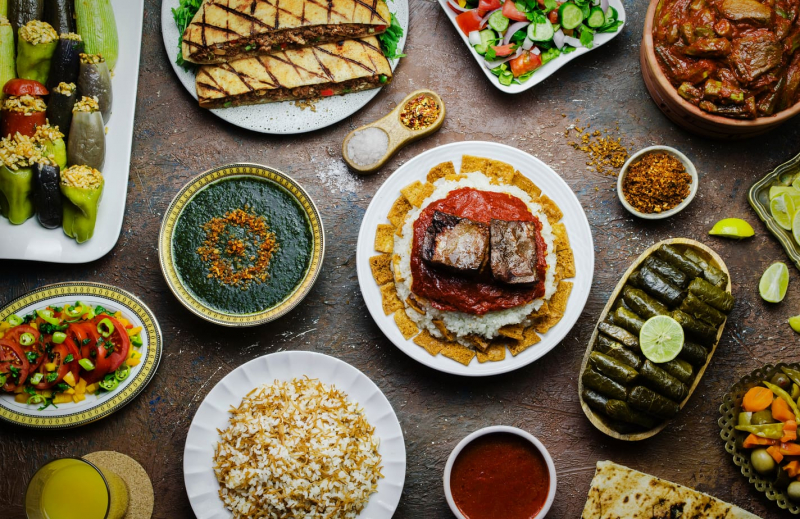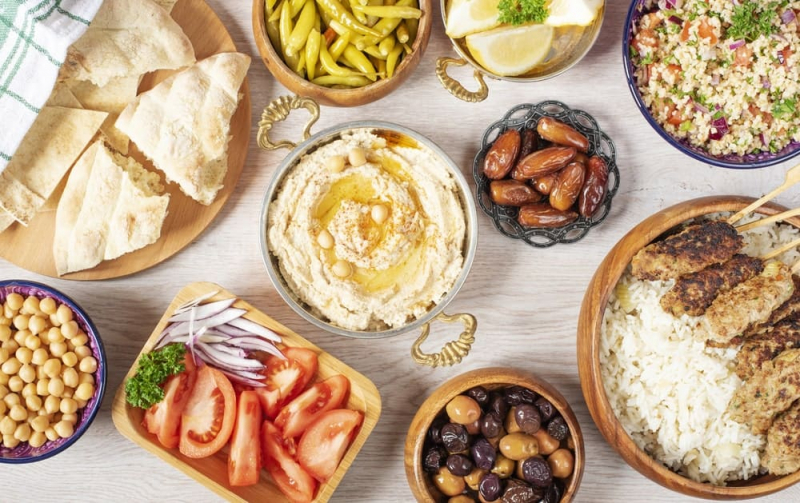Food & Cuisine
Food in Everyday Life Eating is an important social activity that is used to commemorate special occasions and ceremonial occasions. The bread loaf is the most important food item in daily life. Bread is traditionally baked at home by women in mud ovens. Bread is sold in bakeries in cities. The government strictly regulates the weight and size of the standard loaf.
The indigenous cuisine heavily relies on legumes. The most popular national dish is foul. This is a slow-cooked dish of fava beans seasoned with salt, lemon, cumin, and oil. It is typically consumed for breakfast. Tamiyya, or falafel, is another popular dish made from crushed fava beans mixed with onions and leeks and fried in oil. Koshari, a dish of rice, black lentils, and macaroni topped with tomato sauce and garnished with fried onions, is also popular. These dishes are prepared at home, but they are also available in stalls throughout Cairo.
The seating and service of food is one major difference between traditional, usually rural, and urban middle-class eating habits. People in villages sit on a carpet, and food is served on a low round wooden table. Everyone has a spoon and eats directly from the service dish. People in cities sit on chairs around Western-style dining tables. Everyone has their own plate, spoon, fork, and knife. In rural areas, the main meal is served after dark; in urban areas, it is usually served in the late afternoon, after office workers have returned home.
Orthodox Copts break their fast on the eve of both Christmas and Easter with a variety of beef and poultry dishes. Cookies similar to those prepared for 'Id al-Fitr' are one of the main food items that mark the feast. Sham al-Nassim (Easter Monday) is distinguished primarily by a breakfast of salted fish, spring onion, lettuce, and colored eggs, which is eaten outside in gardens and open areas. This festival is celebrated across the country in almost every region and by people of all social classes. It is the spring and harvest festival of ancient Egypt.








